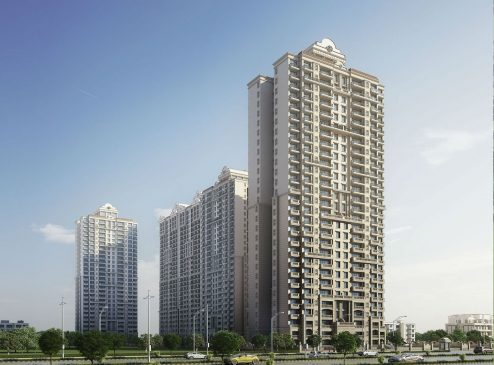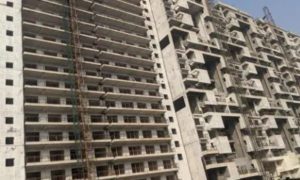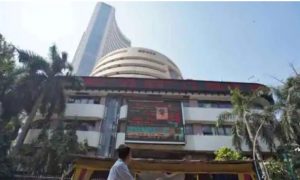Tier-2 cities are surpassing traditional metros in terms of economic growth, driven by a variety of sectors such as manufacturing, IT, education, and healthcare. For instance, Nagpur is experiencing growth in manufacturing, logistics, and IT, while Surat is advancing in textiles, petrochemicals, and IT industries.
Real estate markets in non-metros or Tier-2 cities continue to grow by leaps and bounds, in the process outperforming many metros in terms of investment and demand growth. This massive rise in real estate investment in non-metros can be attributed to various factors.
A recent analysis by Cushman and Wakefield, together with the Confederation of Real Estate Developers’ Associations of India (CREDAI), reveals that approximately 35% of India’s population currently resides in urban areas, with projections suggesting this will increase to 50% by 2050.
Read More: County Group delivers 3 luxury housing projects before RERA timelines
This population growth is exerting significant pressure on Tier-1 cities, where space is becoming increasingly scarce. Consequently, there is a heightened focus on developing alternative urban areas that are likely to become new economic and real estate hubs. These areas are identified as Tier-2 cities. According to CREDAI, by 2050, India’s urbanization rate is expected to surpass 50%, which could lead a significant migration of population towards Tier-2 cities.
Mananki Parulekar, Co-Founder, Claravest Technologies, has shared her insights on factors that are driving real estate investment growth in Tier-2 cities.
Supporting the growth of Tier-2 cities is the rise of integrated townships, which offer a blend of residential and commercial spaces, according to Parulekar. “For instance, places like Panvel in Navi Mumbai are developing rapidly, with townships such as Hiranandani and Godrej, further spurred by developments like the Navi Mumbai International Airport and Atal Setu Bridge (MTHL).”
Other cities like Jaipur, Bhubaneswar, Nagpur, Surat and Kochi are also experiencing accelerated growth, she said, adding that this is driven by the emergence of commercial Grade A properties, affordable residential property values, and improved connectivity.
These cities and regions have distinct advantages over traditional metro markets, attracting investors with promising prospects. Following are the factors Parulekar thinks are driving the growth of real estate investment in non-metros or Tier-2 cities.
Read More: Geetanjali Homestate introduces brand leasing solutions
Diverse Economic Development:
Tier-2 cities are surpassing traditional metros in terms of economic growth, driven by a variety of sectors such as manufacturing, IT, education, and healthcare. For instance, Nagpur is experiencing growth in manufacturing, logistics, and IT, while Surat is advancing in textiles, petrochemicals, and IT industries.
Cost Advantages:
Compared to Tier-1 cities, Tier-2 cities provide significant cost benefits. Lower operational costs in these areas contribute to this advantage, making them appealing for businesses and investors alike.
Enhanced Quality of Life:
The lifestyle in Tier-2 cities is significantly more relaxed than in larger metropolitan areas, with less traffic congestion, lower pollution levels, and a generally quieter environment. This improved quality of life attracts businesses seeking a dedicated workforce and individuals looking for a better balance between work and personal life.
Read More: Global City project in Gurugram gets environment clearance from MoEF
Government Initiatives:
The growth of Tier-2 cities is strongly supported by government efforts, which include substantial investments in infrastructure such as transportation networks, airports, highways, and stable power and communication systems.
Real Estate Market Growth:
The real estate market in Tier-2 cities is thriving, particularly in the residential sector. This growth is fueled by professionals wanting to live in bigger apartments, the increasing popularity of remote work, and a rising middle class with greater purchasing power. Although property prices are climbing, they remain more affordable than those in Tier-1 cities, creating attractive investment opportunities.
Advancements in Education and Healthcare:
Tier-2 cities are increasingly home to reputable educational and healthcare facilities, enhancing their desirability as places to live and work.
In conclusion, these factors collectively make non-metro areas promising regions for real estate investment, often offering more sustainable growth and profitability compared to the saturated and high-cost environments of traditional metro areas.





































